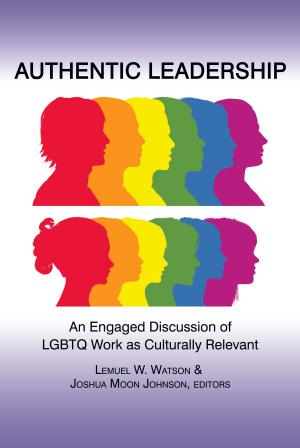Building and Maintaining Collaborative Communities
Schools, University, and Community Organizations
Nonfiction, Reference & Language, Education & Teaching, Reference, Educational Theory| Author: | ISBN: | 9781681234694 | |
| Publisher: | Information Age Publishing | Publication: | March 1, 2016 |
| Imprint: | Information Age Publishing | Language: | English |
| Author: | |
| ISBN: | 9781681234694 |
| Publisher: | Information Age Publishing |
| Publication: | March 1, 2016 |
| Imprint: | Information Age Publishing |
| Language: | English |
Building and Maintaining Collaborative Communities: Schools, University, and Community Organizations is a new and noteworthy volume in the literature on collaboration among schools and universities. It expands the playing field to include both publically and privately funded community organizations and the effects of the interaction of the three on projects in a multitude of settings both domestically and in international venues. Asked to analyze their projects following the Slater Matrix, nineteen examples provide an inside glimpse into the success and limitations of each project. Chapters are organized in order of complexity of type of collaboration. The editors expect this to be a useful guide for university personnel, school administrators, and community organizations wishing to embark or expand on projects involving schools, universities, and community organizations. In a time of short resources and uncertain sustainability, it should serve as a useful tool in making decisions in the planning, process, carrying out, and analysis of each endeavor.
Building and Maintaining Collaborative Communities: Schools, University, and Community Organizations is a new and noteworthy volume in the literature on collaboration among schools and universities. It expands the playing field to include both publically and privately funded community organizations and the effects of the interaction of the three on projects in a multitude of settings both domestically and in international venues. Asked to analyze their projects following the Slater Matrix, nineteen examples provide an inside glimpse into the success and limitations of each project. Chapters are organized in order of complexity of type of collaboration. The editors expect this to be a useful guide for university personnel, school administrators, and community organizations wishing to embark or expand on projects involving schools, universities, and community organizations. In a time of short resources and uncertain sustainability, it should serve as a useful tool in making decisions in the planning, process, carrying out, and analysis of each endeavor.















